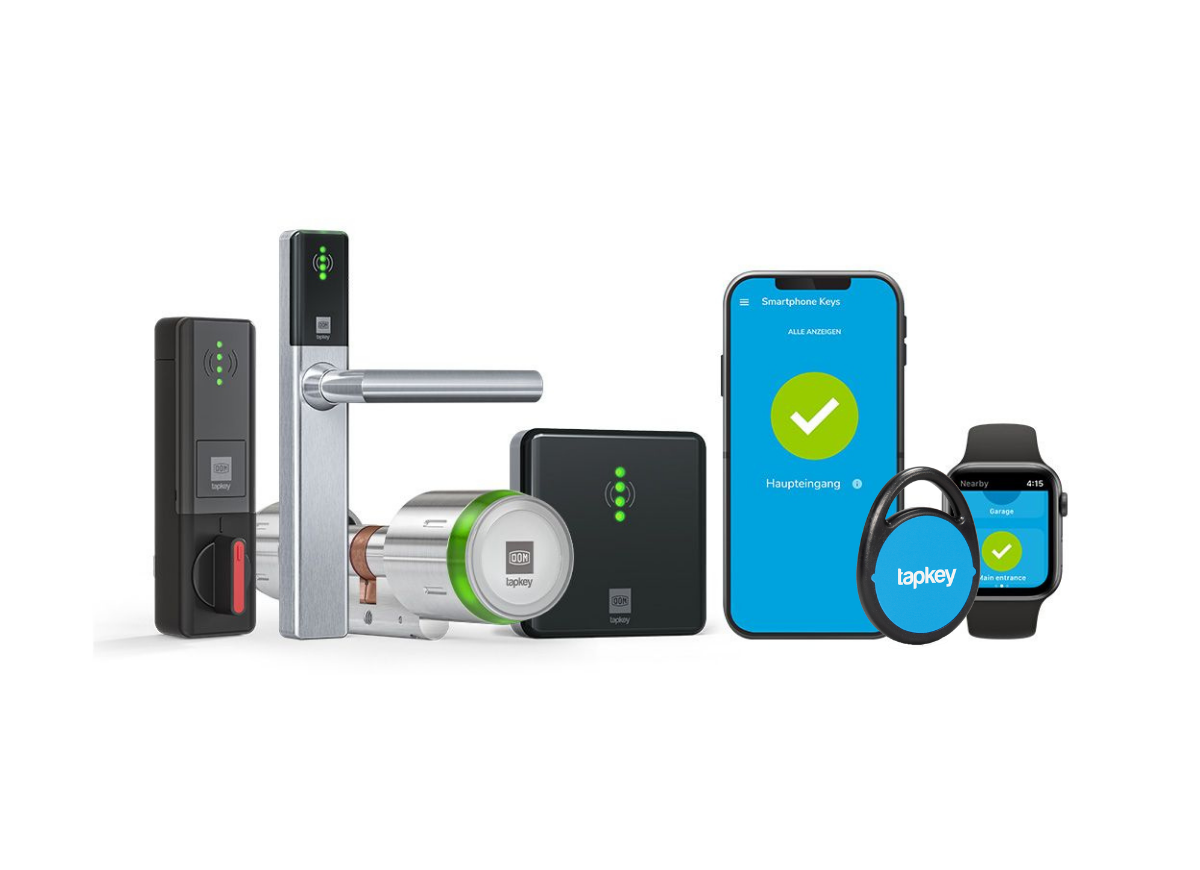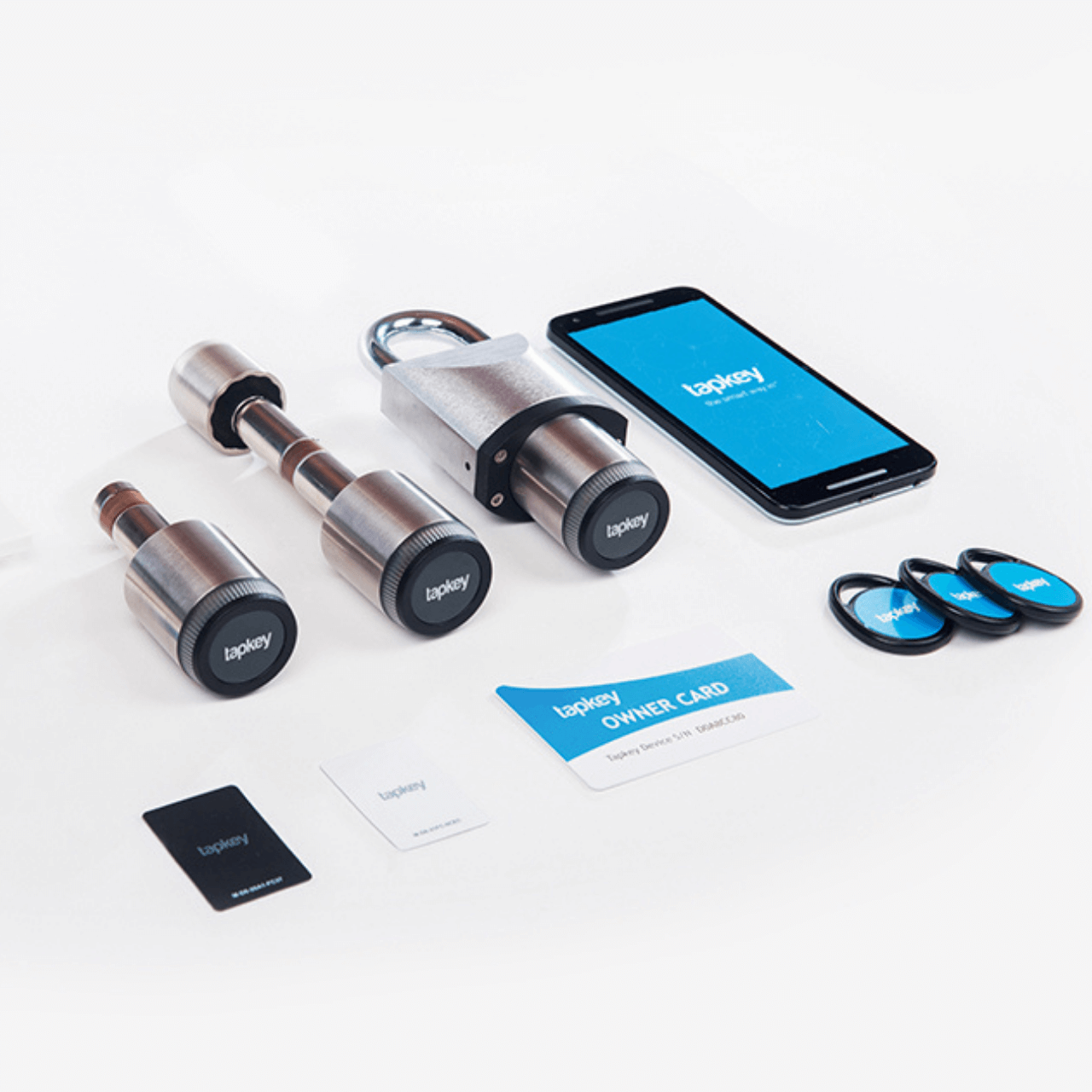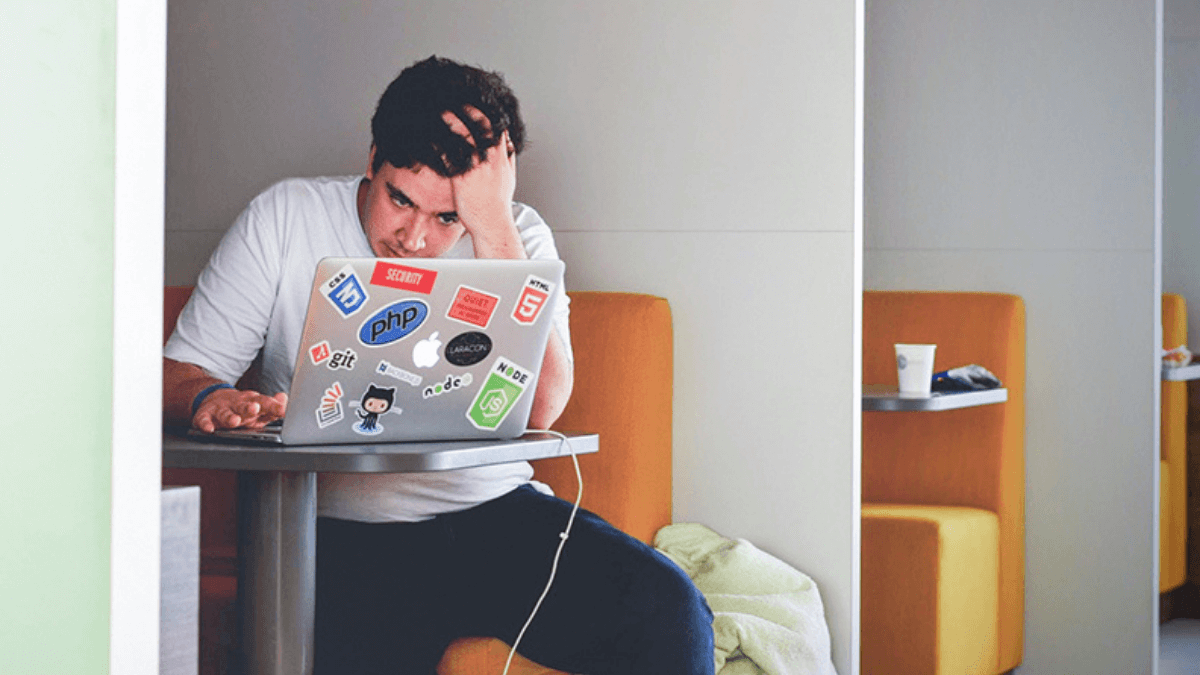Guest article by Sam Bender | Cobot
I have a question for all of the coworking space operators reading this: what is the best part of your day? I’m guessing it has something to do with the interactions you have, whether it’s welcoming a new member to your space, listening in on a workshop, or just sitting down for a coffee and seeing your coworkers find comfort in the community you’ve worked so hard to create.
But the curse of success is that often you don’t have time to enjoy the things that got you into this business in the first place.
We know how it goes. At Cobot, we started out as coworking space, co.up, located in our home city: Berlin. But as our space grew, we found that we were becoming further and further removed from the core of why we got into coworking. Now we hear about the same problems popping up all over the world when we visit coworking spaces, and I thought I’d share a few of our tips with you. Some common problems we saw:
The Community Outgrows your Staffing Abilities
This one should be familiar to anyone who’s spend time in a coworking space that hasn’t automated their functions yet. Coworkers end up waiting to sign in, feeling anxious about whether they’ll be able to get a meeting room, and have trouble voicing their concerns because they don’t know who’s in charge. The vibe in a flexible workspace can quickly change from “relaxed and casual” to “chaotic and confusing.”
So how do you change this dynamic? You’ll need to identify the areas that are draining your staff’s energy and find tools to help you free up their time. While it is theoretically possible (or almost possible) to entirely replace your staff with add-ons, apps, and automations, that’s not why people want to come to a coworking space.
But you do need to find areas where everyone will be happier with a tool to help keep them focused on the right things. Like managing your individual offices—it’s a pain to give each team member keys, check in with them every time a new member joins their team, and replace the locks when someone loses their keychain. But access control integrations (say Tapkey, for example) streamline the process so you don’t have to worry. I’m guessing you can think of a few more places in your space that are causing you unnecessary headaches—I’d bet you that someone has developed a tool for this situation.
Balancing Tasks
You just got in for the day and you’re already 3 hours behind. How do you divide your tasks? There are people who swear by different organizational methods, it’s about finding the right one for you.
One method is the Eisenhower Matrix. It involves a simple, two question grid: how urgent is a task, and how important is it? Items that are urgent and important are the ones to focus on now, whereas items that are not urgent and not important should probably be forgotten. It’s a way to quickly address which tasks are worth focusing on at any given time, and could help you avoid spending hours working on less-important tasks.
Another method is The Pomodoro Technique, in which your tasks are broken up by time meant to re-energize you and avoid exhaustion. It involves splitting your day into 25 minute blocks separated by 5 minute breaks, and each 25 minute block must be on a different task. The idea is that you introduce urgency into every task you do, taking advantage of the ways in which most people are more effective the closer they are to a deadline.
In an interview we did with Sunanda Verma of The Daftar in India, she swore by “Eat that Frog”, a method in which you begin your day by finding the most unpleasant task, the one you’re dreading, and do that before anything else. Once you’ve handled the worst part of your day, you’re free to be flexible in dealing with your other tasks. It’s an elegant solution for flexible workspace operators because it budgets time entirely around flexibility.
There are a million items fighting for your attention, so finding a way to prioritize them needs to be top priority!
Design, Growth, and the Urge to Reinvent
In every organization, there will often be conflict between those who like things how they were and people who want changes. This is reflected in the tension that accompanies upgrading and renovating flexible workspaces. Sometimes it’s a matter of practicality; maybe you need to accommodate twice as many people in the same area, and that means reducing the free-form spaces you once had. Other times it’s purely about style, or a new productivity idea you’ve been dreaming up.
A method to reconcile this tension is to turn space changes into community projects. You don’t have to hand over the keys entirely, but if people feel like they have a say, and a stake, in your design, they will certainly be more appreciative of the new look.
You can also think about hiring people who work out of your space. Do you have any designers, architects, or generally creative people in your space? Of course you do! See if they’ll agree to do some side work for you and deepen their connection to your space. They’ll become your #1 spokespeople.
Interpersonal Issues
This is the most delicate of the topics so far because it is so tied into the identity of your space. How do you make sure that everyone feels comfortable in your community and balance between trust and security? At co.up, we operated under a Code of Conduct that governed interactions between coworkers and staff in our space. This kept the atmosphere in our space reliably positive and helped foster inclusion and a stronger community. And when conflicts do arise, a clear Code of Conduct gives everyone a clear set of acceptable and unacceptable behaviors.
The big lesson
When you’ve reached the point where these are even concerns—congratulations! You’re doing the thing that you love and making it work. Just stay focused on the things that matter and keep your eyes on the big picture while you’re running around putting out fires. Happy coworking!
Guest article by Sam Bender | Cobot

Sam is the Communications Specialist at Cobot, where he writes about the faces of coworking, interesting spaces, and engaging collaborative work stories. Cobot is the leading software for managing your coworking or flexible workspace, freeing your time for what really matters: spending time with your coworkers.





Tapkey App: 24/7 Mobile Access to Coworking Spaces
The founder of Basis08 has chosen Tapkey as [...]
Mehr lesenJun
Why Smart Access is the Key to a Truly Smart Office
Smart access for smart offices: Find out what [...]
Mehr lesenNov
Streamlining Gym Access with Smart Locks: A Success Story
Smart Access for gyms. With Tapkey Smart Locks.
Mehr lesenAug
NEW: Write NFC Transponders Using Your iPhone
Writing to NFC transponders now also works with [...]
Mehr lesenNov